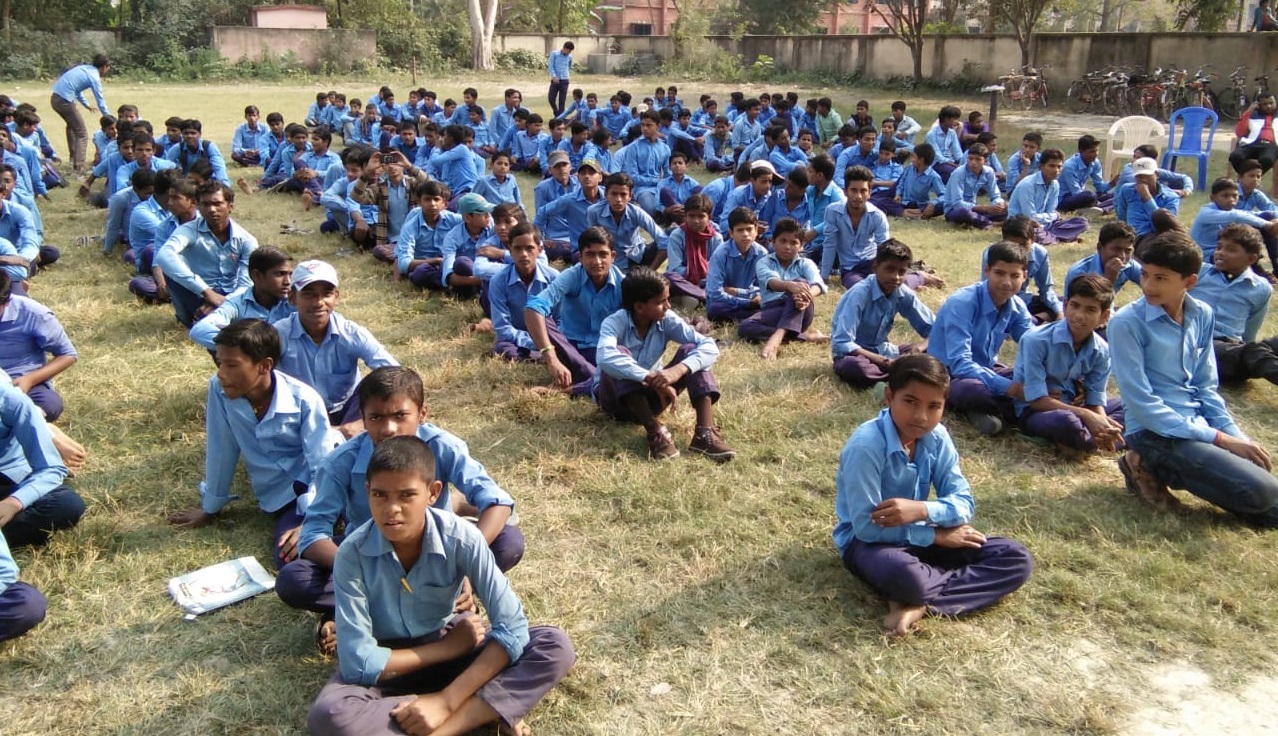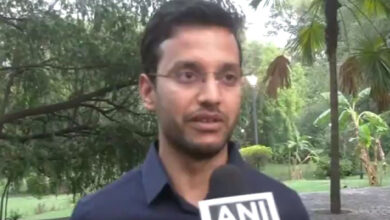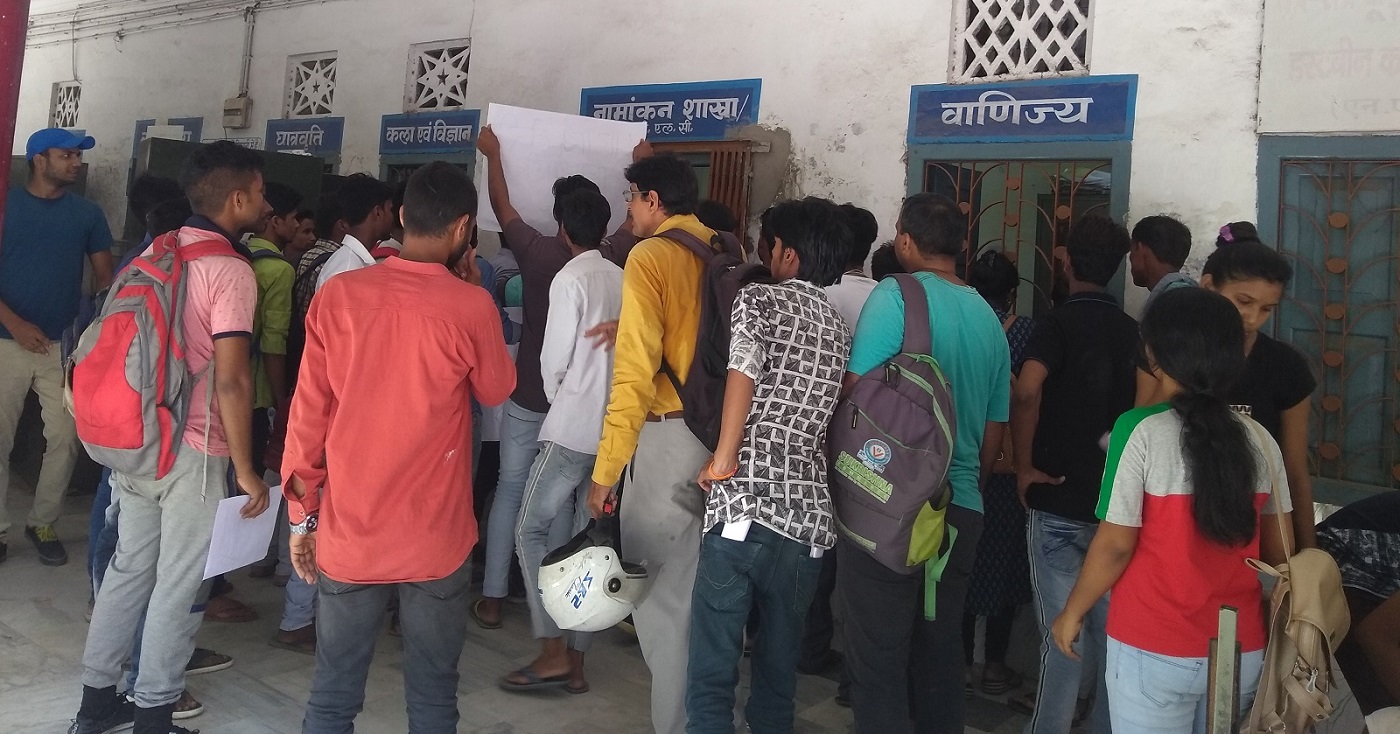Online schooling can help reduce inequalities in educational outcomes

Online schooling took off in a big way during the Covid-19 pandemic. The percentage of enrolled children from government and private schools owning a smartphone increased from 36.5 per cent in 2018 to 61.8 per cent in 2020 in rural India, as per the Annual Status of Education Report (ASER) 2020 Wave-1 (Rural), released in October 2020.
This is an important step towards reducing digital divide. The resultant reduction in the digital divide between rural and urban, gender, age and income groups is likely to reduce inequalities in educational outcomes.
To facilitate learning during Covid-19 pandemic, the Government is implementing several initiatives to make education accessible to children, according to the Economic Survey 2020-21.
An important initiative in this direction is PM eVIDYA which is a comprehensive initiative to unify all efforts related to digital/online/on-air education to enable multi-mode and equitable access to education for students and teachers.
Around 92 courses have started and 1.5 crore students are enrolled under Swayam MOOCs which are online courses relating to NIOS. To mitigate the effect of Covid-19, Rs. 818.17 crore is allotted to States/UTs to promote online learning through digital initiatives and Rs.267.86 crore for online teacher training under Samagra Shiksha Scheme, noted the annual survey presented in the Parliament by Finance Nirmala Sitharaman on 29th January.
PRAGYATA guidelines on digital education have been developed with a focus on online/blended/digital education for students who are presently at home due to closure of schools. The MANODARPAN initiative for psychological support has been included in Atma Nirbhar Bharat Abhiyan, it added.
The Economic Survey 2020-21 observes that India will have the highest population of young people in the world over the next decade. So, our ability to provide high-quality educational opportunities to them will determine the future of our country (National Education Policy, 2020).
As per U-DISE 2018-19, the physical infrastructure of more than 9.72 lakh government elementary schools has improved significantly. Out of these, 90.2 per cent have girls’ toilet, 93.7 per cent have boys’ toilet, 95.9 per cent have provision of drinking water facility, 82.1 per cent have wash (drinking water, toilet and hand wash) facility, 84.2 per cent have medical check-up facility, 20.7 per cent have computer and 67.4 per cent have electricity Connection and 74.2 per cent have ramps among other essential services.
The Survey states that India has attained a literacy level of almost 96 per cent at the elementary school level. As per National Sample Survey (NSS), the literacy rate of persons of age 7 years and above at the All India level stood at 77.7 per cent. Female literacy remained below national average among social groups of SC, ST, OBC, including religious groups of Hinduism and Islam.
To provide quality education in schools and institutions of the government in affordable and competitive manner, the government announced the new National Education Policy, 2020 replacing the 34 year old National Policy on Education, 1986.
The new policy aims to pave the way for transformational reforms in school and higher education systems in the country. It aims to provide all students, irrespective of their place of residence, quality education system with special focus on the marginalised, disadvantaged and underrepresented groups. Some of the other programmes and schemes for school education during 2020-21 include Samagra Shiksha, Enhancing Capacity Building of Teachers, Focus on Digital Education, strengthening school infrastructure, focus on girl education, focus on Inclusion, focus on sports and physical education and focus on regional balance.
Skill Development
The Economic Survey 2020-21 states that only 2.4 per cent of the workforce of age 15-59 years have received formal vocational / technical training and another 8.9 per cent of the workforce received training through informal sources. Out of the 8.9 per cent workforce who received non-formal training, the largest chunk is contributed by on-the-job training (3.3 per cent), followed by self-learning (2.5 per cent) and hereditary sources (2.1 per cent) and other sources (1 per cent).
Among those who received formal training, the most opted training course is IT-ITeS among both males and females, followed by electrical-power and electronics, mechanical engineering- strategic manufacturing, automotive, office and business-related work for males while the other preferred courses of females were textiles handloom- apparels, office & business-related work, healthcare and life sciences and work related to childcare-nutrition-pre-school and crèche.
The Government has taken several policy reforms for skill development recently. The Unified Skill Regulator- National Council for Vocational Education and Training (NCVET) was operationalised. For the first time, the Awarding and Assessment Bodies’ Guidelines were notified in October, 2020 for more credible certifications and assessments.
Pradhan Mantri Kaushal Vikas Yojana 3.0 was rolled out in 2020-21 with a tentative target to skill 8 lakh candidates including migrants. The grading of ITIs has been undertaken to improve their quality and transparency. Integration of Vocational Education and Training (VET) in general education has received a big fillip with the NEP, 2020 envisioning giving 50 per cent of school and higher education candidates exposure to VET over the next 5 years.




